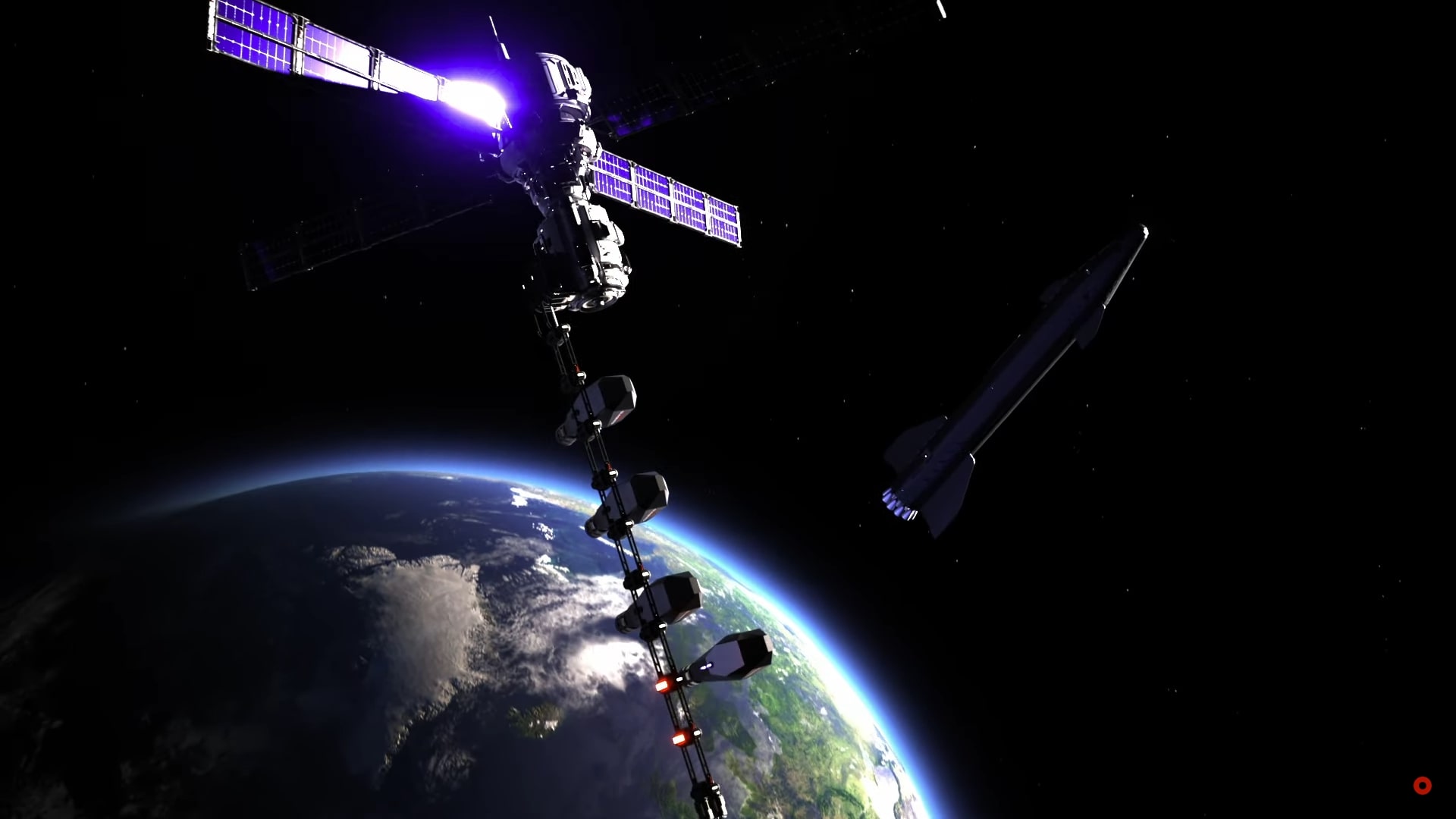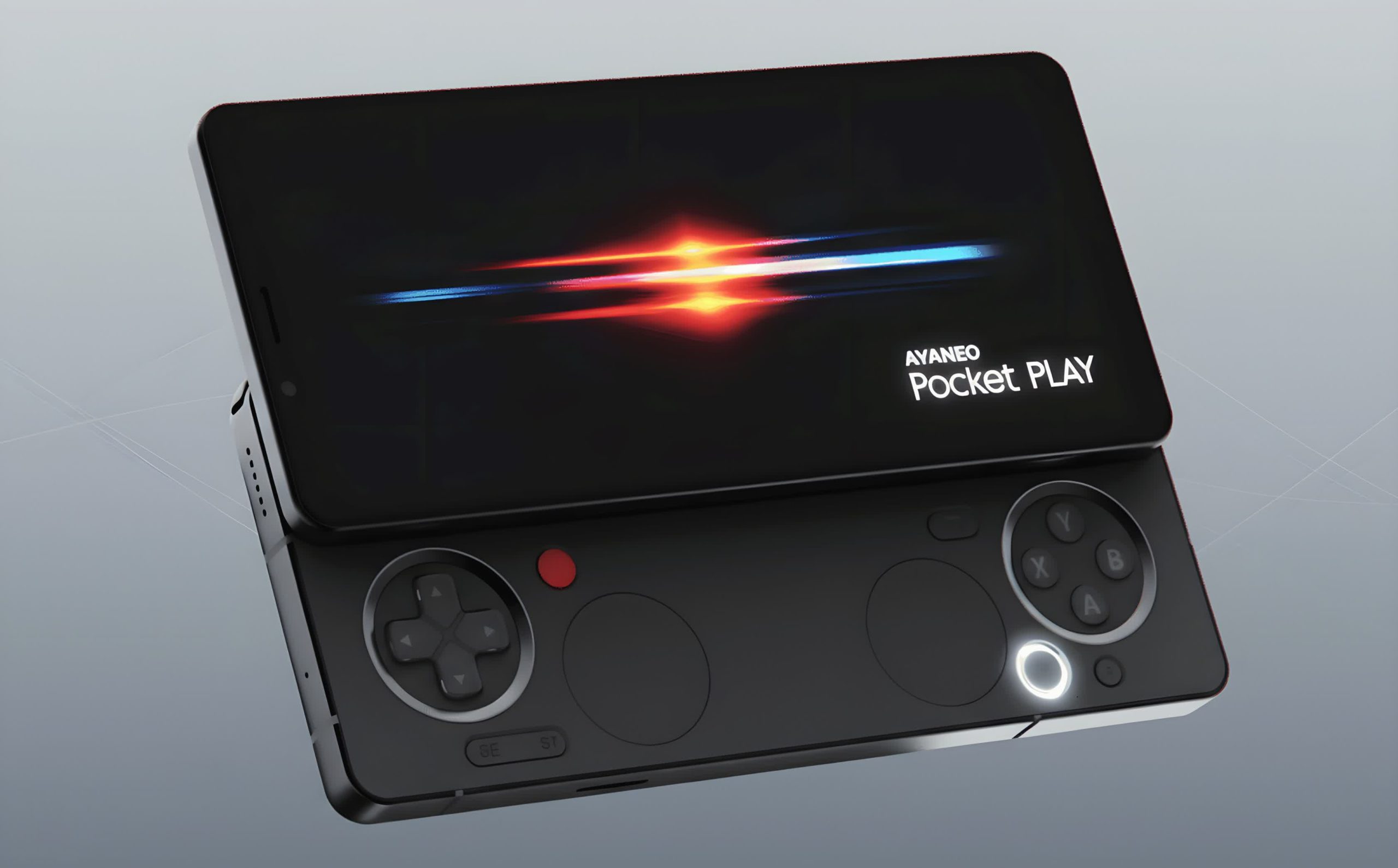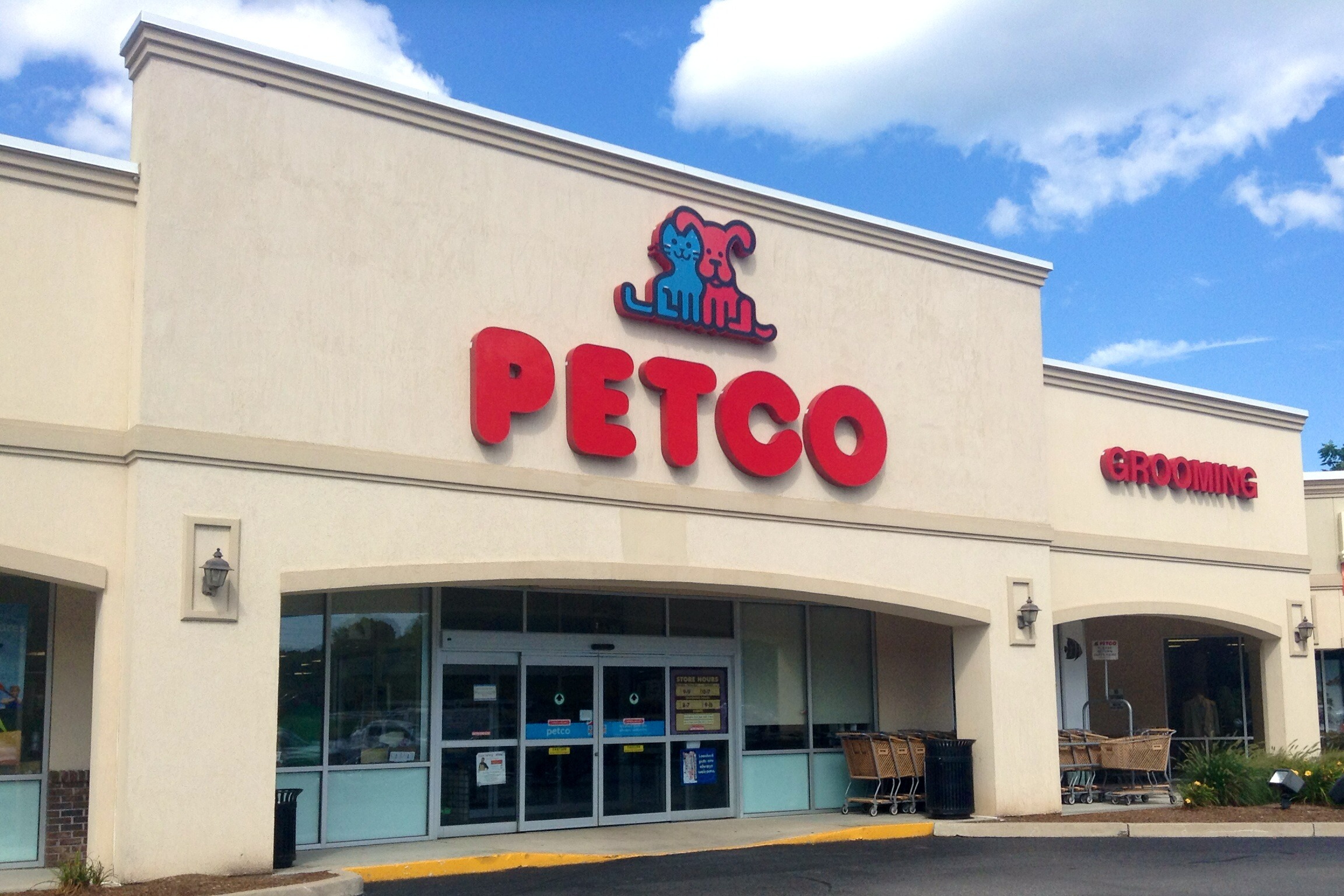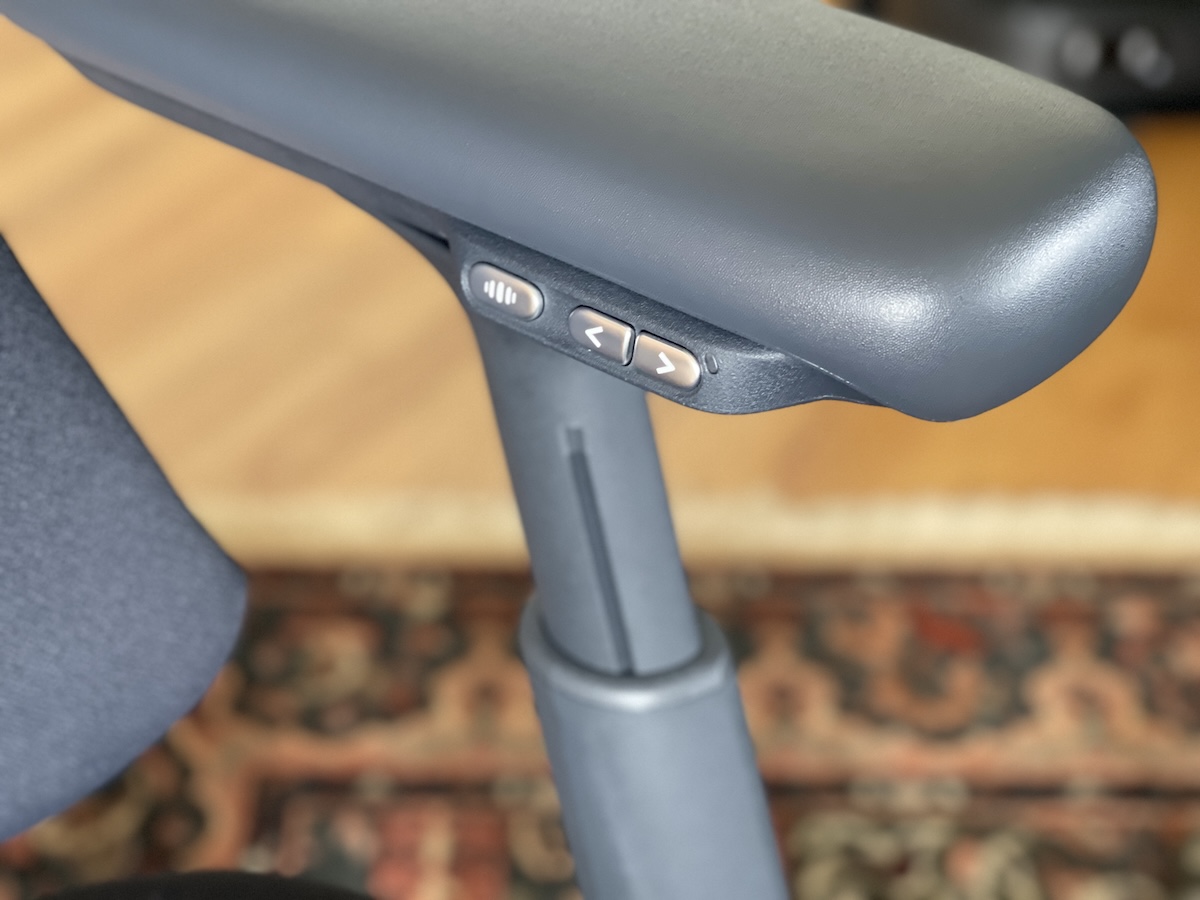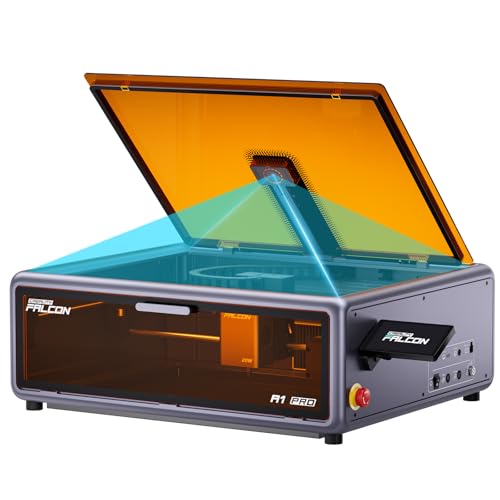Pulsar Fusion’s groundbreaking Sunbird nuclear fusion rocket tug promises to revolutionize space travel by dramatically reducing journey times across our solar system. This UK-based company has developed a self-contained Sunbird nuclear propulsion system that could cut Mars travel time to under four months and Pluto to under four years. In this presentation, we’ll explore five key concepts behind this remarkable technology that might soon transform how we venture into deep space.
The Space Travel Challenge
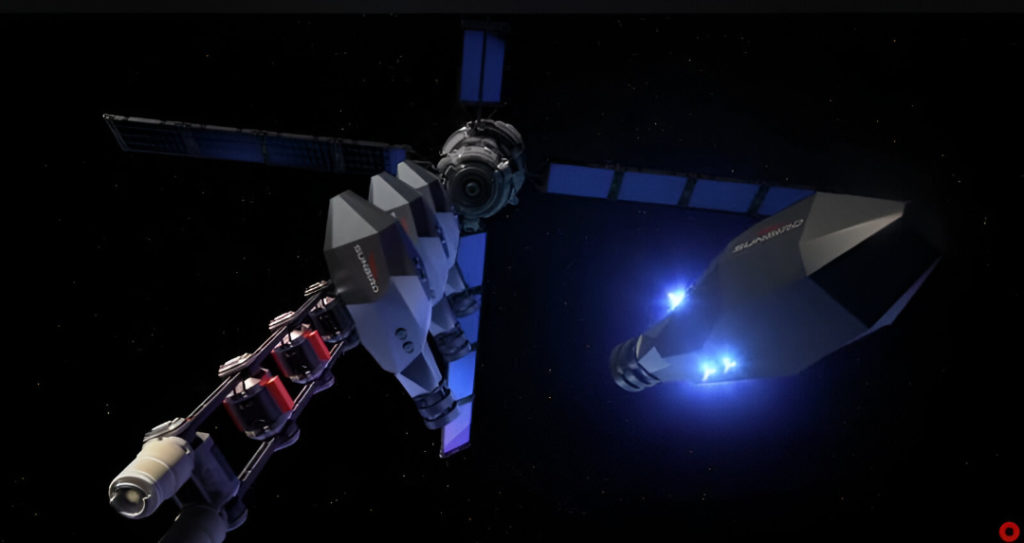
Current spacecraft propulsion faces fundamental limitations that make deep space exploration slow and resource-intensive. Chemical rockets provide powerful thrust but quickly exhaust their fuel, forcing spacecraft to follow slow trajectories that take years to reach distant planets. Today’s missions to Mars require complex refueling operations in orbit and year-long travel times that expose astronauts to dangerous radiation and microgravity effects.
Even with SpaceX’s advanced Starship, Mars missions would require multiple tanker launches just to fuel the journey, adding complexity and cost to every mission. These constraints have kept human exploration limited to Earth orbit and the Moon, with robotic probes taking years to reach the outer planets. The need for faster, more efficient propulsion systems has never been more pressing.
The Sunbird Solution
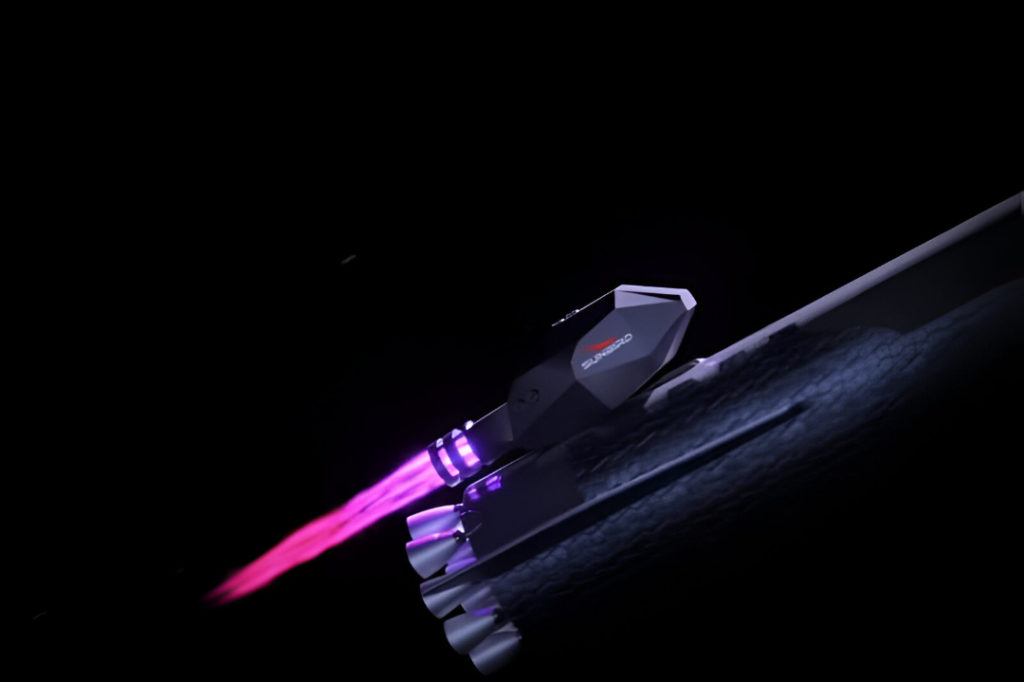
Pulsar Fusion’s Sunbird marks a bold leap in the evolution of rocket propulsion, ditching traditional engines in favor of nuclear fusion power. Unlike low-thrust electric systems or inefficient chemical rockets, Sunbird offers a rare combination of high thrust and fuel efficiency. Designed as a modular “cosmic outboard motor,” it can dock with spacecraft to deliver powerful acceleration, ushering in a new phase in how we think about propelling missions through space.
These black, polygonal modules operate independently, glowing with distinctive blue-violet exhaust as they accelerate spacecraft to velocities far beyond what’s possible today. Sunbird isn’t just a concept – Pulsar Fusion expects to demonstrate the technology this year with orbital tests of key components scheduled for 2027. This rapid development timeline suggests we may see practical applications within the decade.
Fusion Technology Breakthrough
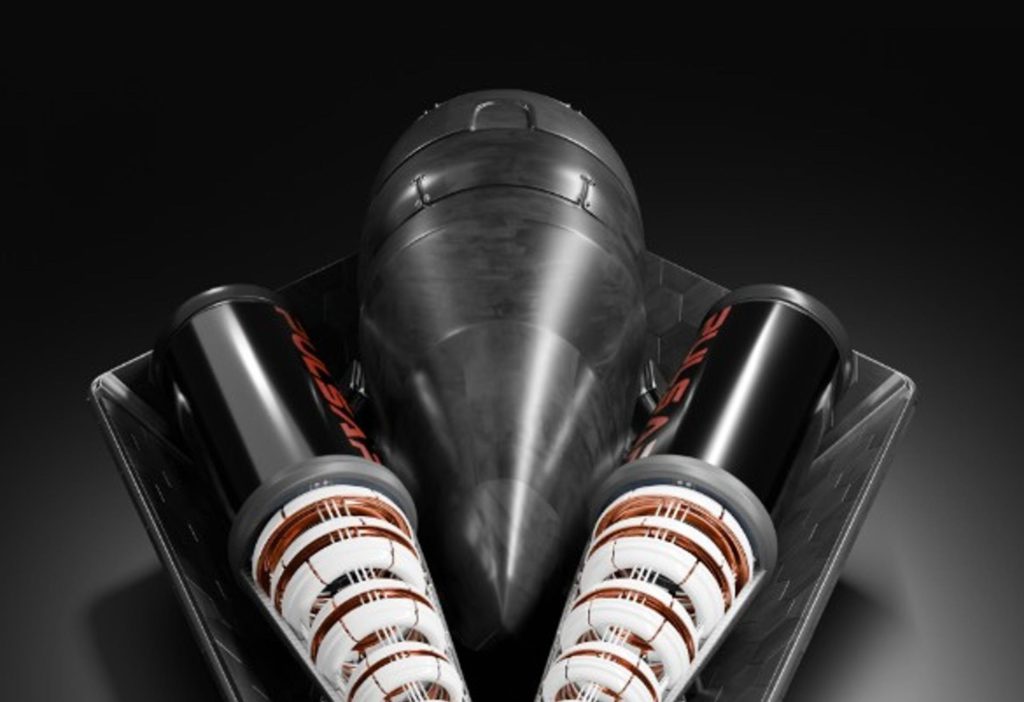
Sunbird’s revolutionary capabilities stem from its innovative approach to nuclear fusion that differs dramatically from terrestrial power plant designs. While conventional tokamak reactors attempt to sustain continuous fusion reactions in circular chambers to generate electricity, Sunbird employs a linear Dual Direct Fusion Drive (DDFD) design that deliberately channels plasma leakage as propulsion. This approach transforms what would be a design flaw in power generation into the system’s primary feature.
The system uses aneutronic fusion, combining deuterium and helium-3 instead of the deuterium-tritium mix common in power research. This reaction produces primarily helium-4, energy, and positively-charged protons rather than problematic neutrons. The charged particles create a controllable plasma stream that can be directed through magnetic fields to generate thrust, eliminating many of the shielding and containment challenges faced by conventional fusion systems.
Performance Advantages
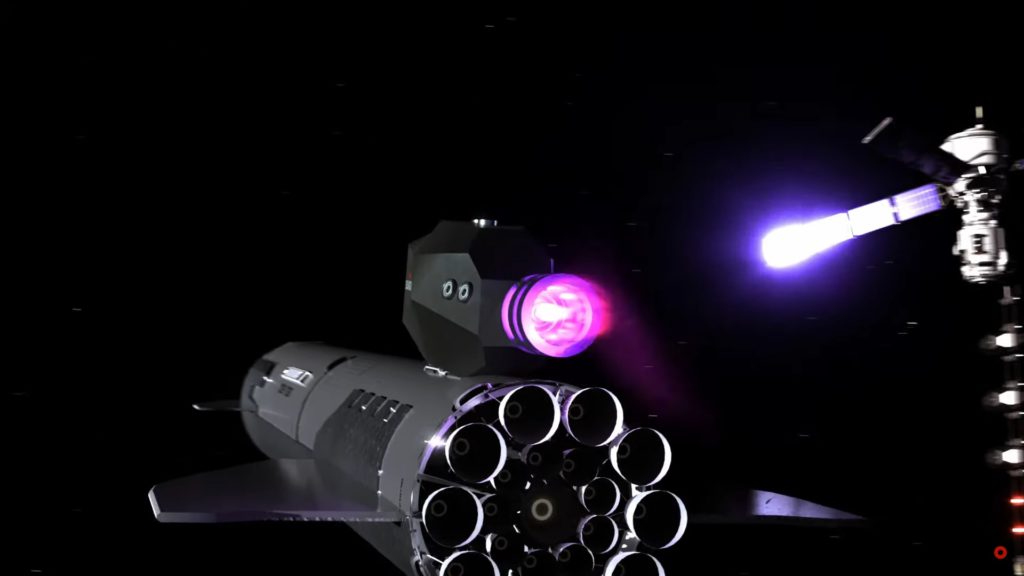
Sunbird’s revolutionary propulsion metrics could transform spacecraft capabilities across the solar system and beyond. With a specific impulse rating of up to 15,000 seconds – three times higher than today’s most efficient ion drives – Sunbird provides unprecedented fuel efficiency while simultaneously delivering thrust levels that could theoretically reach up to one million pounds. This combination of efficiency and power has never been achieved in space propulsion before.
Beyond its propulsion capabilities, Sunbird generates an impressive 2 megawatts of electrical power through magnetohydrodynamic conversion of its plasma exhaust. This power generation capacity – over 16 times greater than the International Space Station’s 120-kilowatt solar array – would enable spacecraft to operate powerful instruments, life support systems, and communication equipment even in the darkest reaches of the outer solar system where solar power becomes impractical.
Transformative Potential
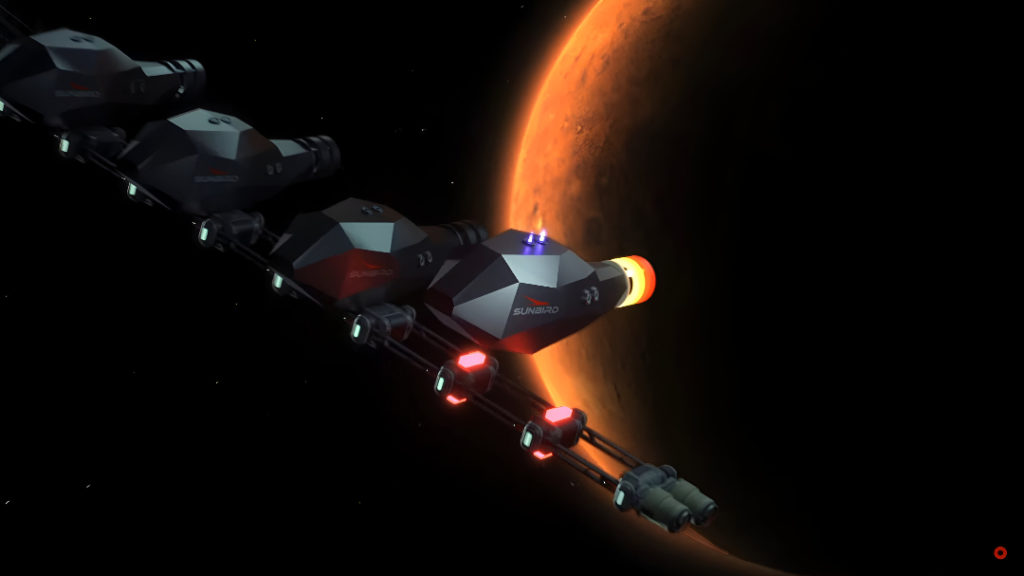
Sunbird’s implementation would fundamentally transform space exploration by establishing a network of reusable tugs throughout the solar system. These units could be stationed in Earth orbit, around the Moon, Mars, and eventually throughout the solar system, creating transportation infrastructure similar to oceanic tugboats. Missions to Mars could be completed in just three months, while voyages to distant Pluto might take only four years instead of the current nine-plus years.
Pulsar Fusion has already built some of Europe’s largest space propulsion testing facilities, demonstrating its serious commitment to delivering functional technology rather than mere concepts. As CEO Richard Dinan notes, the company welcomes potential partners and clients while continuing rapid expansion plans. If successful, Sunbird could enable human exploration of the entire solar system within practical mission timeframes, opening a new chapter in our species’ journey beyond Earth.


